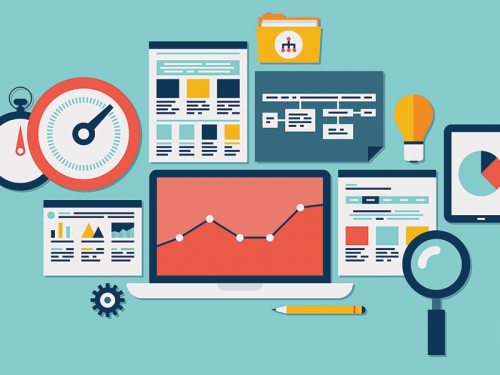
When you put AI, AR, VR, and other emerging technologies together, programmatic ads begin to seem really exciting.
As marketers globally are looking to deliver more consumer-first, relevant and meaningful marketing experiences, data-driven marketing (using programmatic technology) has risen in prominence.
According to eMarketer’s programmatic forecast, more than US$65 billion will be spent on programmatic digital display advertising by 2020. This significant momentum is due to the technology’s rich audience-targeting abilities, benefiting businesses of all sizes.
In an exclusive interview with TechHQ, MediaMath’s Managing Director – International, Dave Reed explains the opportunity that programmatic ads offer to businesses and the how AI and other emerging technologies can transform the industry.
As consumers become better connected, the volume of available audience data swells at a phenomenal rate.
Businesses, including small to medium-sized ones, now realize that they are sitting on a wealth of insights and the potential to unlock and generate more value from their marketing efforts.
Just because a business is small does not mean they are not collecting a large amount of data through their customer relationship management (CRM), website interactions, emails and more.
By activating consumer insights through programmatic ads, businesses will be able to understand who their best customers are, what their paths to purchase look like and what messages are most relevant to these customers along the way.
This way, they are offered a holistic view of their audiences and will be able to effectively engage the customer with the relevant content, at the right time.
“AI’s impact on programmatic will be huge. It will change how we analyze and act upon data, it will change jobs, and it will change how we talk to consumers,” exclaimed Reed.
According to Constellation Research, by 2025, businesses across all sectors will spend more than US$100 billion per year on Artificial Intelligence (AI) technologies, a huge leap from a mere $2 billion in 2015.
AI and machine learning are fundamental to programmatic and have been central to MediaMath’s own offerings since inception.
In fact, AI will soon move from being a “nice-to-have” capability to a “have-to-have” one for making sense of the vast amount of data being generated across touchpoints and extracting actionable insights from it quicker than any human could.
But it’s not just AI that will transform programmatic ads. The industry itself is rapidly evolving, and experimenting with new and engaging media formats and technologies.
Once solely powering the digital advertising space, programmatic ads are moving quickly into the realms of mobile, TV, radio and out-of-home (OOH) advertising.
Furthermore, premium digital audio publishers, such as Spotify, Pandora, and iHeartRadio, have already begun their foray into programmatic.
Newer technologies, such as VR and AR, will also become part of the programmatic ecosystem. As these evolving technologies develop and grow in popularity, they will become just another medium for advertising in the future, continuing to shape brand and consumer conversations, while shifting marketers towards predictive media placements.
Programmatic ads will ultimately expand its reach as companies and brands continue to embrace an audience-first approach, seeking to reach their customers across multiple touchpoints in real-time.
The key is in connecting all these touch points in an omnichannel way (not just a multi-channel capacity), to identify the best and highest quality audiences in real-time.
However, within marketing, it is AI that is helping move away from focusing on past behaviors and towards predicting consumer actions, allowing marketers to quickly understand a consumer’s state of mind based on their interests and informing optimal ad-buying decisions.
AI is increasingly infusing data such as weather and sentiment to help round out the picture of a consumer’s buying state.
___
by Soumik Roy
source: TechHQ


